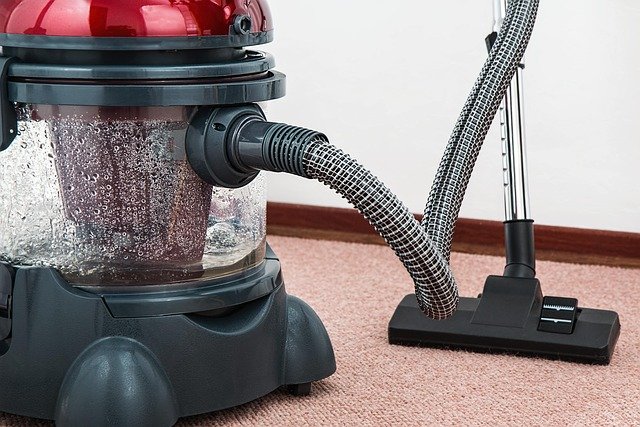How Air Purifiers Improve Indoor Air Quality and Filtration
Indoor air can contain dust, pollen, pet dander, volatile organic compounds and microscopic particles that affect comfort and health. An air purifier helps reduce many of these contaminants by pulling air through targeted filters and returning cleaner air to the room. Understanding how different technologies work and which contaminants they target makes it easier to pick the right unit for your space.

This article is for informational purposes only and should not be considered medical advice. Please consult a qualified healthcare professional for personalized guidance and treatment.
How does an air purifier work?
An air purifier is a device that circulates room air through stages of cleaning and then releases it back into the environment. Most units draw air in with a fan, pass it through one or more filters that capture or neutralize pollutants, and then push the treated air out. Airflow rate and room size determine how quickly a purifier can cycle and clean the air; manufacturers typically list CADR (clean air delivery rate) to indicate performance against smoke, dust, and pollen.
Different purifiers use varied technologies—mechanical filtration, activated carbon adsorption, ionization, or UV light—often combining approaches to address a broader range of pollutants. Proper placement (away from walls and obstructions) and regular maintenance such as filter replacement keep an air purifier performing effectively.
What is a HEPA filter and why use it?
A HEPA filter is a high-efficiency particulate air filter designed to remove at least 99.97% of particles 0.3 microns in size when properly tested. HEPA filters are mechanical: they trap particles through interception, diffusion, and impaction as air passes through a dense mat of fibers. This makes them highly effective against dust, pollen, mold spores, and many airborne particles that can aggravate allergies or respiratory conditions.
HEPA-equipped purifiers are recommended for living rooms, bedrooms, and workspaces where particulate reduction is desired. Note that HEPA filters do not remove gases, odors, or most volatile organic compounds; for those contaminants, a different stage of filtration such as activated carbon is needed.
How does a carbon filter remove odors?
A carbon filter uses activated carbon—charcoal processed to have high internal surface area—to adsorb gases and volatile organic compounds (VOCs) from the air. As air flows through the carbon bed, odor molecules and certain chemicals adhere to the carbon surface, reducing smells from cooking, pets, or chemical sources. The effectiveness depends on the amount and type of activated carbon, contact time, and the specific gases present.
Carbon filters are commonly paired with HEPA filters so the purifier handles both particulates and gaseous pollutants. Over time the carbon becomes saturated and needs replacement; units with larger carbon loads or specialized catalytic carbon formulations tend to last longer and address a wider range of VOCs.
How do purifiers affect indoor air quality?
Indoor air quality (IAQ) describes the mix of pollutants, humidity, ventilation, and comfort factors inside a building. Air purifiers address IAQ by actively reducing airborne particles and, when equipped with carbon or other media, some gases. Improving IAQ can reduce allergy symptoms, lower exposure to aerosolized irritants, and make indoor environments more comfortable, especially where ventilation is limited.
However, a purifier is one part of an IAQ strategy. Source control (reducing pollution sources), adequate ventilation, humidity management, and regular cleaning complement filtration. For households with smokers, pets, or mold concerns, selecting a purifier that targets the specific contaminants present will yield the most noticeable improvements.
What does filtration mean for your home?
Filtration refers to the physical or chemical processes that remove contaminants from the air. Mechanical filtration (HEPA) removes particles, while adsorption (carbon) and catalytic or chemical media address gases and odors. Some advanced systems add pre-filters to capture large particles and extend the life of primary filters, or post-filters and UV light to target microbes, though UV effectiveness depends on exposure time and intensity.
When choosing a unit for your home, consider room size, filter types, maintenance needs, and noise levels. Look for clearly stated filter lifespans and replacement costs, and verify that the purifier’s airflow and CADR ratings are suitable for the square footage you intend to cover. Regularly replacing filters and maintaining the unit ensures consistent filtration performance and prolongs the device’s useful life.
Conclusion
Air purifiers are practical tools for reducing airborne particles and certain gases in indoor spaces, with HEPA filters excelling at particulate removal and carbon filters handling odors and VOCs. For meaningful improvements in indoor air quality, pair filtration with good ventilation and source control, select devices sized for your rooms, and follow manufacturer maintenance guidance. Properly used, air purifiers can make indoor environments healthier and more comfortable.






